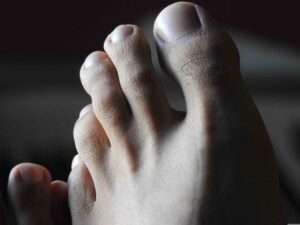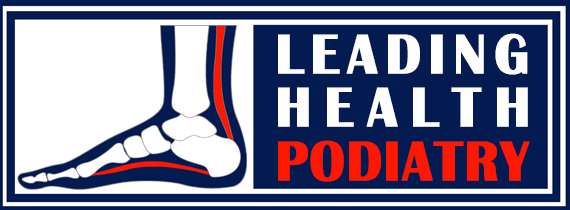Hammer Toes
What is Hammer Toes?
Hammer toes occur when one or more toes bend downward at the middle or end joint, forming a hammer-like shape instead of remaining straight. This condition typically develops over time due to muscle imbalances, foot structure, or external pressures. If left untreated, hammer toes can become rigid and lead to discomfort and mobility issues.


Causes of Hammer Toes
Hammer toes most commonly affect the second or third toes, as they are often the longest and more vulnerable to pressure from footwear. Several factors can contribute to their development, including:
Muscular Imbalance – Tight or overworked toe muscles can overpower weaker muscles, causing deformities.
Foot Type – Excessive pronation (rolling in) or supination (rolling out) can alter toe positioning.
Genetics – Inherited foot structures can predispose individuals to hammer toes.
Previous Injuries – Trauma to the toes or forefoot may lead to joint and tendon imbalances.
Ill-Fitting Footwear – Shoes that are too tight or small can push toes into a bent position.
Arthritis – Joint inflammation and degeneration can alter toe alignment.
Bunions & Other Foot Conditions – These can change toe positioning, increasing the risk of hammer toes.
Symptoms of Hammer Toes
While hammer toes are not always painful, the changes in toe position can cause:
Pain in the toe joints, top of the toe, or ball of the foot
Corns or calluses due to increased pressure and rubbing against shoes
Difficulty wearing certain footwear due to toe deformity
Cramping or stiffness in the affected toes
Pain along the tendons connected to the toes
Hammer Toe vs. Claw Toe
Hammer toes and claw toes are often mistaken for one another, but they differ in their presentation:
Hammer Toe: A bend occurs at the middle joint of the toe, giving it a hammer-like shape.
Claw Toe: The toe bends at multiple joints, typically starting with an upward bend at the ball of the foot before curling downward.
Both conditions can be:
Flexible: The toe can still be straightened manually.
Rigid: The toe remains fixed in a bent position and may cause pain.
Treatment for Hammer Toes
Early intervention is key to preventing permanent deformities. Treatment options depend on the severity of the condition and whether the toe remains flexible or has become rigid. Common treatments include:
Footwear Modifications – Wearing shoes with a wide toe box and adequate support can prevent further progression.
Custom Orthotics – Inserts designed by a podiatrist can help correct foot posture and redistribute pressure.
Stretching & Strengthening Exercises – Specific exercises can improve muscle balance and flexibility.
Padding & Strapping – Protective pads can reduce pressure and discomfort.
Toe Splints or Supports – These devices help realign the toe and reduce pain.
Surgical Correction – In severe cases, surgery may be required to correct rigid hammer toes.
When to See a Podiatrist
If you notice changes in your toe alignment, experience pain, or struggle to find comfortable footwear, seeking professional podiatry care can help prevent complications. Early intervention can provide long-term relief and prevent permanent deformities.
Book an appointment today to discuss your treatment options and improve your foot health!
